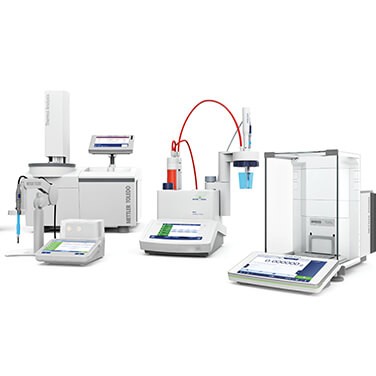Fact or Friction: Your Balance Static Questions Answered
Is your balance display slowly drifting while trying to take a weight? Have weighing processes been optimized but the balance reading is still unstable? These issues are often attributed to a well-known culprit: static electricity.
Electrostatically charged samples can not only be a frustration in the lab, but they can adversely affect weighing accuracy, waste product, and lead to significant errors. Learn more by reviewing common questions and answers about static.
Fact
Friction, while not the only cause of electrostatic discharges, is the most common by far.
Laboratory tasks such as using a cloth to dry a glass beaker, picking up a measuring flask with disposable gloves, or filling a weigh pan with powder can generate measurable electrostatic charges that interfere with weighing results.
Fact
The climate conditions of your lab affect your weighing results.
Relative humidity less than 40-50% increases issues with electrostatic charge.
This is because the lower the humidity, the less chance of charged particles finding water molecules to “surf” across and get to a convenient ground.
Depending on the relative humidity, a charge may take from a few seconds to several minutes to dissipate. In a controlled, dry atmosphere (less than 20% relative humidity), charges on material may cause weights to drift several hundred milligrams and persist over many hours.
Fiction
There is no way to dissipate electrostatic charges.
METTLER TOLEDO anti-static kits use alternating current (AC) to generate ions that neutralize the electrostatic charge of a sample or container immediately. This method is effective, completely safe, and does not disturb air currents or increase stabilization time.
The time-savings, efficiency gains and safety improvements make it a sound investment that lab specialists often wish they had made earlier.
The XPR Solution
Advances in METTLER TOLEDO analytical weighing technology enable the latest generation of analytical balances to automatically detect the presence of electrostatic charges during a weighing operation. The magnitude of this force can be measured and recorded. Using an integrated ionizer module, these electrostatic charges can be eliminated to avoid any influence on the weighing result. As the static detection cycle is performed while the balance settles, taking only a few seconds, it causes no delay in obtaining the weighing result.
Learn more and invite excellence into your laboratory today by visiting fishersci.com/mettlertoledo

Content provided by:



